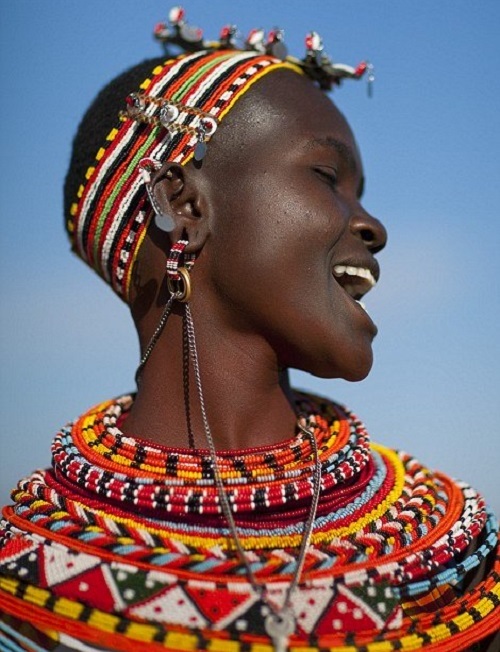Romantic steampunk jewellery by Anna Ustinova
Romantic steampunk jewellery by Anna Ustinova
Living in the Siberian city of Tomsk, Anna Ustinova founded her brand Romantic steampunk at the end of 2008. This very style is present in all of her creations. Her handcrafted earrings, pendants, necklaces, brooches, bracelets and rings conquered not one heart in her native Tomsk and far beyond its borders.
Most of her jewelry is very complex and extremely beautiful. It is not just hanging on a chain metal stuff, but something more – true works of art. Traditionally, she uses watch parts and mechanisms of 14, 18 and 24 carat gold. Also, she sometimes uses very rare mechanisms of 1905, 1930 and 1960.
Anna Ustinova received strict education. Her father – a police captain, her mother – a lawyer. The girl was destined to go to law school. Regularly visiting the university, she didn’t have any pleasure in studying. Having abandoned state exams, she began working as a supervisor in the security business.
“- I had a period when I had a terrible apathy – lost interest in everything”.
She asked her guardian angel to return inspiration, and waking up one morning, Anna again felt the power to create. The first person who supported her in creative endeavors, was her husband, Alexander. He always believed in her. His support – a source of inspiration for Anna.
Read more »






